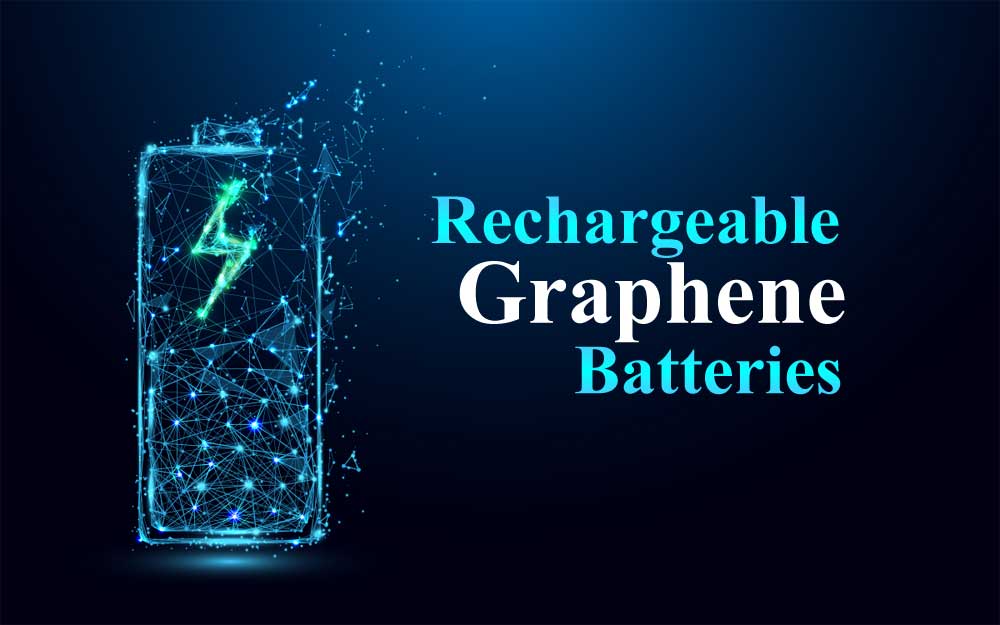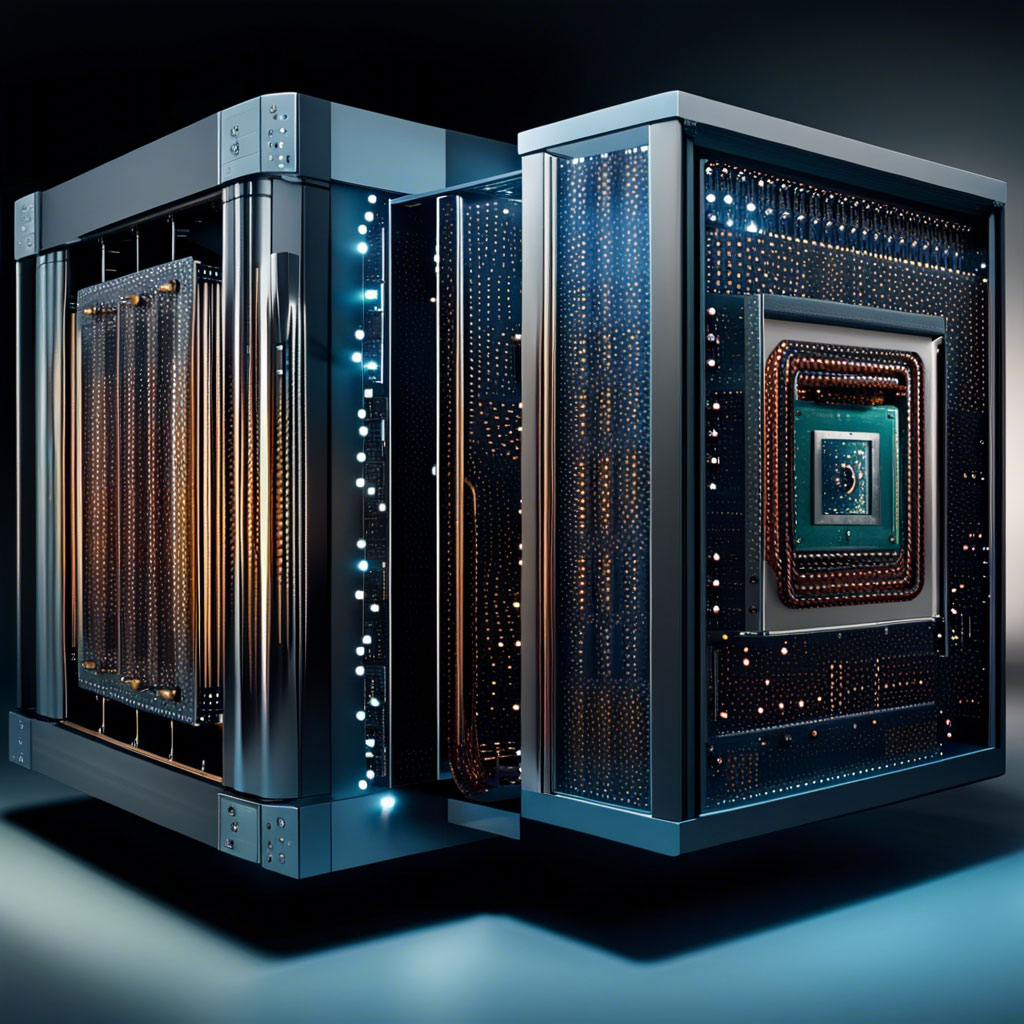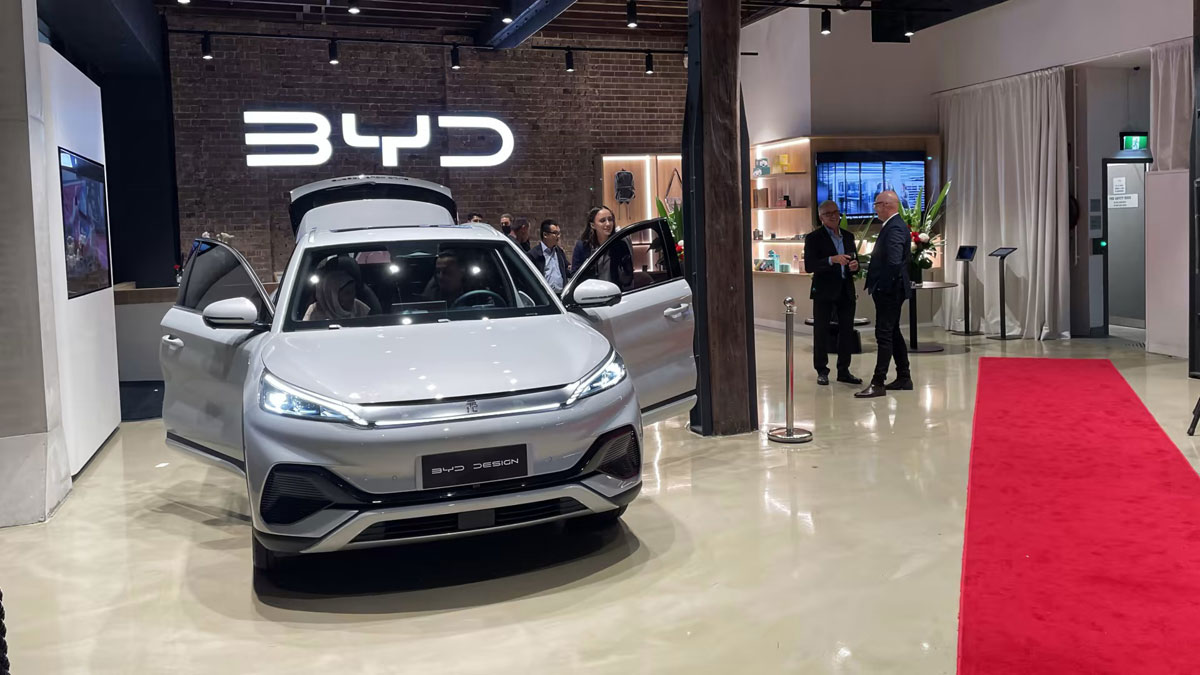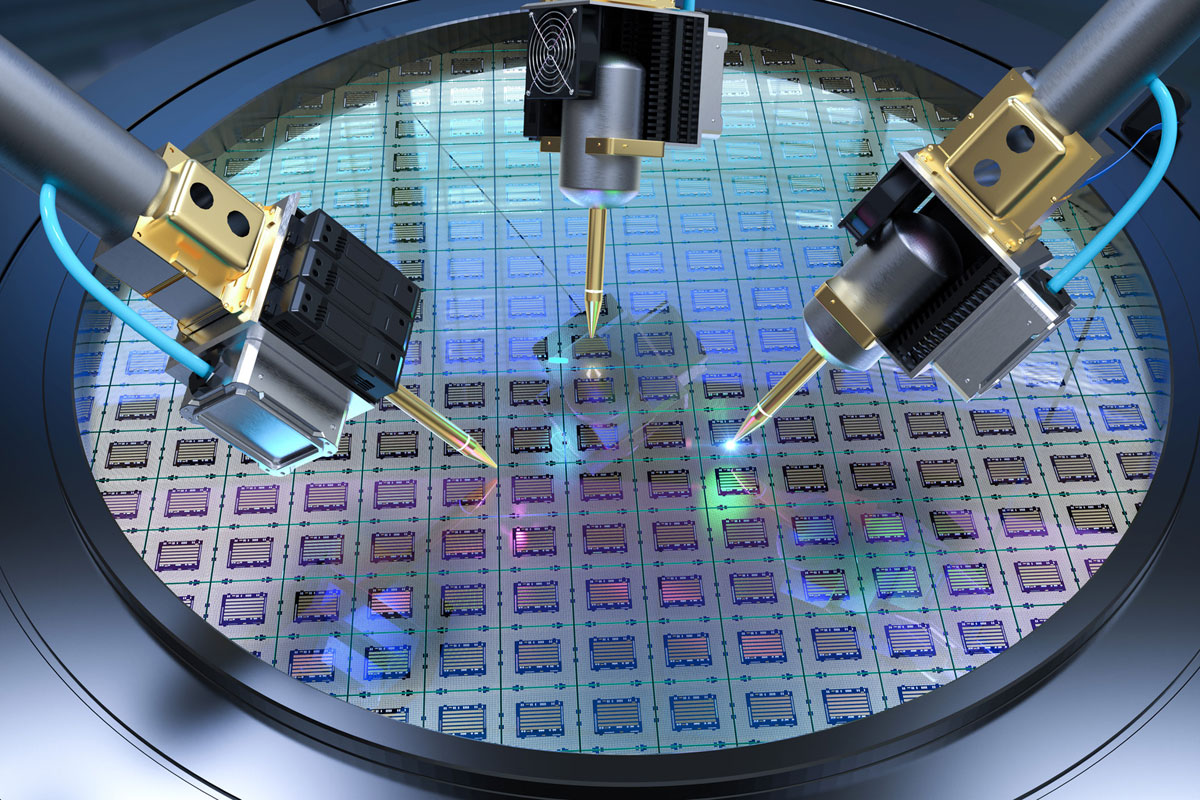Rechargeable Graphene Batteries recharged 50 times with 94% Efficiency
A recent research has shown that utilizing graphene ink technology, it is possible to build a viable solution for making rechargeable batteries that would power e-bikes. A team of European researchers found that graphene batteries could be recharged 50 times with 94% Efficiency.
With graphene proving to be a multipurpose raw material, many companies are beginning to exploit its potentials by blending graphene with other materials to create durable, reliable, and robust products. The advent of rechargeable graphene batteries will definitely redefine rechargeable battery production – both for smartphones and other machines/devices/appliances that make use of rechargeable batteries.
We’ve been hearing of electronic automobiles for a long time now – and while electronic cars are gradually getting their place on the roads, e-bikes are what to expect next.
Rechargeable graphene batteries
A group of European researchers, in collaboration with other bodies, tested their latest development – rechargeable graphene batteries. It was then discovered that rechargeable graphene batteries have higher recharging efficiency compared to graphene-based cathodes. This is a good step towards the actualization of e-bikes.
Actually, the production of rechargeable graphene batteries was a joint effort of the research team from Graphene Flagship, CIC EnergiGUNE and INCAR-CSIC, Spain, and Trinity College Dublin, Ireland. These bodies came together and designed rechargeable graphene batteries, as well as energy storage devices from eco-friendly graphene-based materials.
The use of graphene as a raw material for developing rechargeable batteries is an innovative tech that would transform how batteries are being constructed for different purposes, including batteries for e-bikes.
Recent studies showed that the developers of rechargeable graphene batteries were driven by sodium-air (Na-O2) batteries. Thus, the graphene batteries are packed with oxygen-trapping cathodes and sodium anodes – thanks to these chemicals, graphene batteries promises of higher rechargeable capabilities.
Graphene used for making batteries
As you may already know, graphene is the strongest material ever known to man, yet, it is as light as anything you could think of. Graphene batteries are lighter in weight, they promise to be more durable than existing alternatives, they do not take so much time to charge, and they are perfect for high capacity energy storage.
The use of graphene in battery production will improve the battery’s life, thanks to the numerous handy properties of graphene, including its high conductivity nature, which eliminates/minimizes the amount of carbon that would be used in designing the battery. Also, graphene decreases the defiance of the cathode/anode materials so that energy is quickly transferred through a safer tunnel.
There are various types of batteries serving different purposes. Thus, there’s a need to improve how batteries are being produced – so that the end-users would get the best out of their battery.
World-leading companies like Tesla, Microsoft, and even Samsung are looking to start using graphene batteries for their next-gen flagships. Graphene is really unlocking several new technologies way too faster than anyone ever imagined it.
A feasible solution for e-bike batteries
Rechargeable graphene batteries may just be the sustainable solution for designing batteries that would be used to power e-bikes.
Pellegrini Vittorio comments that “By demonstrating that an aqueous graphene-based bio-ink improves the performances of batteries and supercapacitors, this work provides a novel sustainable material solution to advance the field.”
Also, Andrea C. Ferrari adds that “Meeting the sustainable development goals is at the core of the Graphene Flagship science and innovation. Energy applications are amongst the promising impact areas for graphene and related materials. This work shows a sustainable approach for the production of graphene to be used in rechargeable batteries, with a double advantage for the environment.”





Leave A Comment